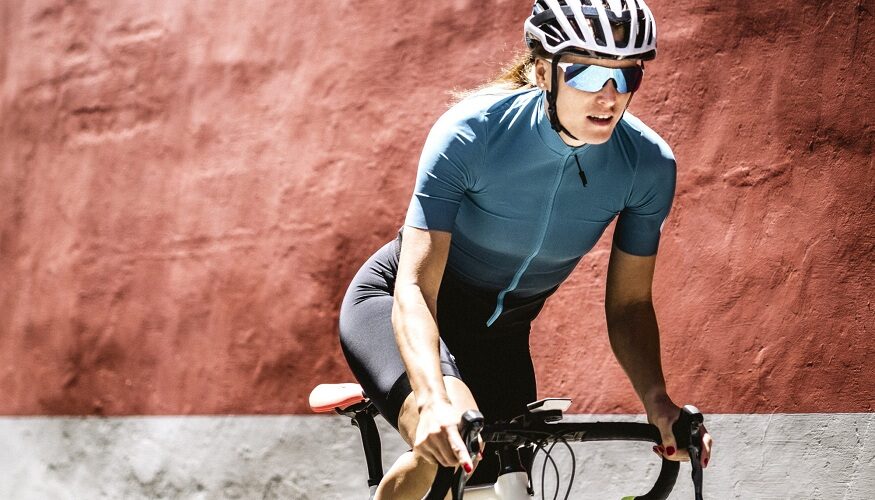The bicycle helmet protects your head in the event of a fall. How to choose it and what is the best product? We tested, with our colleagues from the German automobile club ADAC, 14 models for adults.
Last year, the number of cyclists traveling our roads has grown dramatically. The place of cycling has grown in leisure, but the machine has also gained ground in commuting. The first figures for 2021 are of the same ilk.
Among the buyers, more than half choose an electric bicycle. Seniors, in particular, are many opting for electric propulsion, which allows them to cover relatively long distances.
But if the e-bike is in great demand today, the medal has its downside: the number of accidents with injuries. The speed of the electric bicycle also creates an increased risk of serious injury. And it’s not just about collisions: a third of crashes involving older cyclists are falls that do not involve other road users. These ‘one-sided’ falls often occur when the user gets on or off their bicycle. Accidents without a third party, however, are rarely recorded by the police. Their real number is undoubtedly even higher.
Protection
Numerous studies confirm it: the bicycle helmet protects against the consequences of an accident. When the cyclist rides a helmet, the risk of serious head injury is reduced by 60%. 37% of fatal accident victims who did not wear a helmet could have survived if they had made the right choice.
On an ordinary bicycle or a normal electric model (pedal assistance up to 25 km / h), wearing a helmet is not compulsory. However, regulations impose it on speed pedelecs, which can reach 45 km / h. A speed pedelec helmet must comply with the EN1078 standard, with an additional condition, protection of the temples and the back of the head. Motorcycle helmets are authorized.
Touring has long advocated for mandatory helmets for children up to the age of 14. Older cyclists must decide for themselves whether or not to wear the helmet. Half of Belgian cyclists do it regularly. This is what emerges from the mobility survey carried out by AG Insurance and Touring in 2019. Helmet enthusiasts are even slightly more numerous among children: 6 out of 10 people questioned say that their child always wears a bicycle helmet. .
How to make the right choice?
Never buy a bicycle helmet without trying it on to make sure it fits you perfectly. At good bicycle dealers, you will find dozens of models. There is surely one that meets your needs. For commuting, it is in your interest to choose an ‘urban’ or ‘city’ type helmet. More rounded and less aerodynamic than a racing helmet, but more elegant. The openings provide ventilation.
For optimal visibility, the helmet will be equipped with active LED lighting. On the passive safety side, choose a model with reflective elements on the entire hull and on the chinstrap. A light-colored helmet (for example white or yellow) is seen better, day and night.
After a fall, the helmet must be replaced, even if it appears intact. It can indeed present invisible damage such as to reduce or destroy its shock absorption capacity. Tip: if you have taken out accident insurance for your bike, check the conditions to see if it provides for reimbursement for a new helmet.
MIPS for security
More and more helmets are equipped with MIPS (Multi-Directional Impact Protection System). The system provides better protection than with a regular helmet. The classic helmet, in fact, is designed to protect you from a direct impact, for example a fall in a straight line from top to bottom.
In bicycle accidents, the forces hitting the head are often more complex: you fall downwards, but also forwards because of the speed. To absorb these different forces, the MIPS helmet consists of two parts. The outer shell absorbs direct impact. As for the inner shell, it can move about 1.5 cm from the outer shell. As a result, the MIPS helmet better protects against brain damage.

